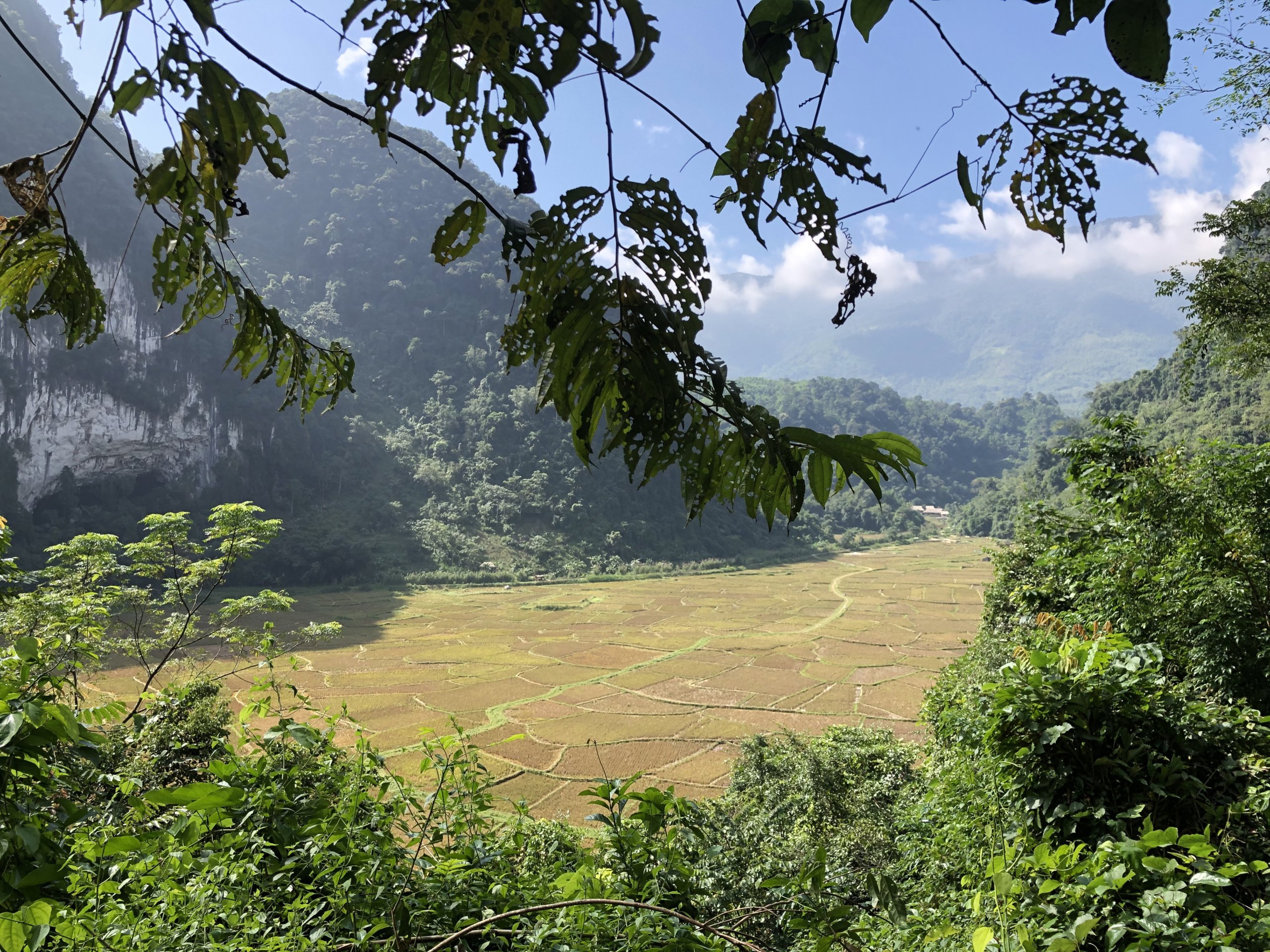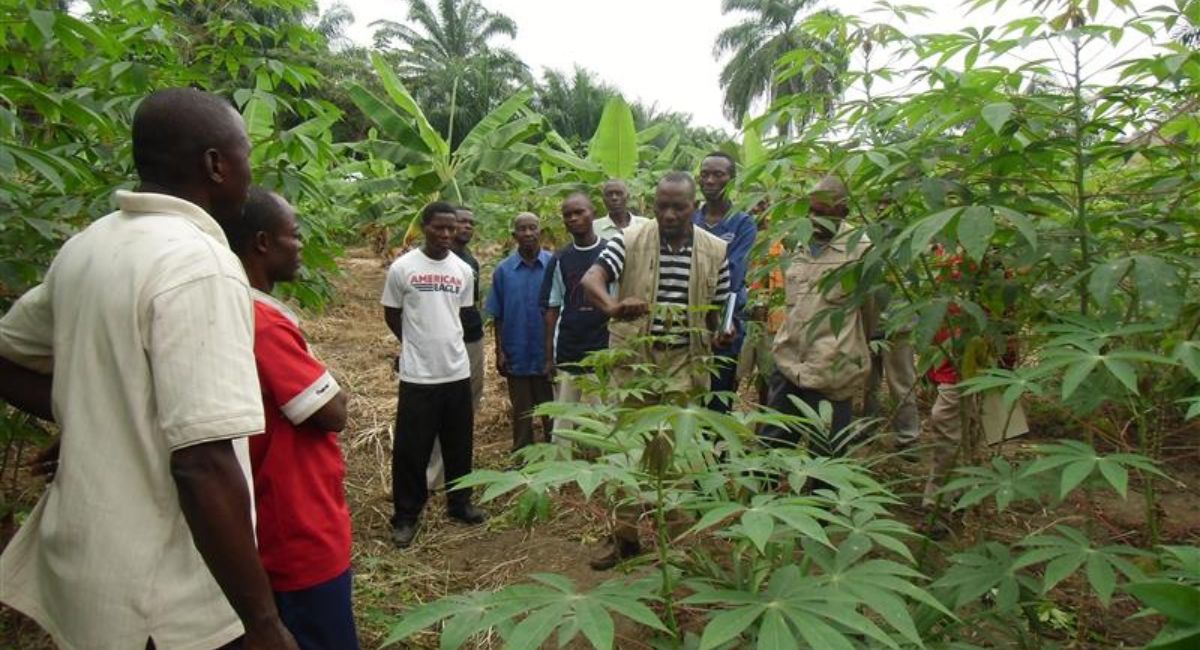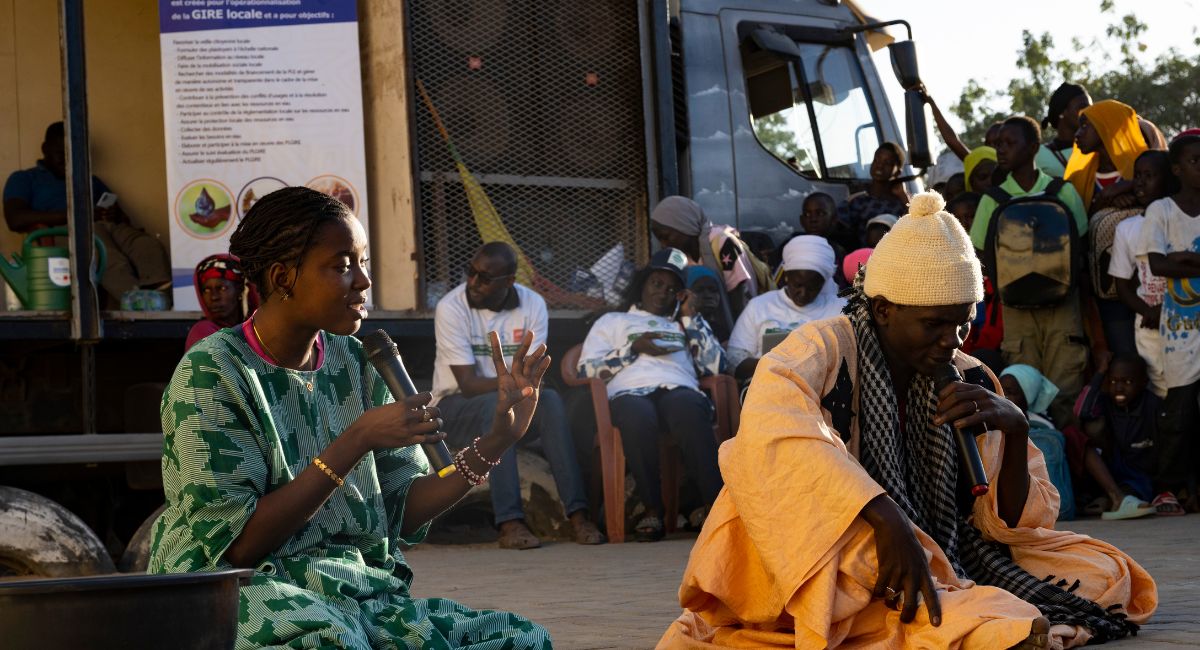At the December 2022 COP15 on biodiversity in Kunming-Montreal, more than 190 States agreed on a roadmap aimed notably at protecting at least 30 % of land and sea by 2030.
Interview with Barbara Mathevon, Natural resource management and Protected areas projects manager at GRET
The Kunming-Montreal COP endorsed an agreement that has been hailed as historic. The latter notably includes the protection of 30 % of land area and 30 % of ocean area by 2030 (30×30 objective). Is this ambitious enough?
Firstly, given that three quarters of continental ecosystems and practically half of marine ecosystems are severely degraded[i], and that one million species are currently under threat of extinction[ii], it was clear that it was absolutely urgent for issues related to biodiversity be recognised and taken into account as much as climate issues.
The agreement adopted in Montreal is based on recommendations made by scientists for many years now. The 30 % figure is the minimum threshold to ensure human survival. And, according to their advisement, levels of protection will have to be consistently strong. Yet, given that the most vulnerable communities’ level of immediate dependency on natural resources, strong protection seems difficult to achieve. Remarkable biodiversity is in fact most present in developing countries. It is imperative therefore to mobilise greater resources to help these countries deal with biodiversity erosion. The commitment made in this agreement to allocate 30 billion euros per year for developing countries by 2030 is important and is a step in the right direction.
Can the implementation of 30×30, and in particular the creation of protected areas and other conservation measures, present risks for populations living in the territories concerned?
The content of 30×30 generated a lot of debate, because the implementation of many protected areas, especially in Africa, led to regression, or even violation, of the neighbouring populations’ right to food, and of their land and cultural rights.
The race to secure surface area commitments by States to meet the 2030 deadline could encourage very centralised governance models that ignore full participation by local communities – despite the fact that they are the first concerned. Privatisation of large areas by companies engaged in offsetting of their carbon footprint could also generate substantial risks of land-grabbing. Because behind control of access to natural resources, there is the issue of sharing the economic benefits that the natural capital represents.
Protected areas must, on the contrary, rise to the challenge of social and environmental justice. Let us recall that the most effective protected areas in the world are managed by indigenous peoples and local communities, who have a strong spiritual and cultural link with nature. These models must become a source of inspiration.
New protected areas must make it possible to secure collective land regimes and strengthen collective rights in access to natural resources. These are essential conditions if they are to be accepted and really effective.
GRET has substantial experience of including neighbouring communities in the management of protected areas. What approach does it take?
For more than ten years now, GRET has been conducting projects on protected areas in Madagascar, West Africa and South-East Asia. It supports and strengthens local communities so that they can participate in the governance and management of these spaces and their natural resources.
Its approach is aimed at promoting greater social justice in protected areas by strengthening the population’s right to have access to natural resources, by ensuring better redistribution of the benefits these generate and by placing local stakeholders at the core of decision-making processes. Its experimentations are carried out within action-research: in this way, social innovations around protected areas are tested, taking a commons-based approach.
For example, GRET is implementing a project for inclusive protection and management of the Pu Luong nature reserve in Vietnam, supporting the participation of women from ethnic minorities and the neighbouring villages. In order to promote community-based eco-tourism activities and fair sharing of profits while conserving forests, it is supporting the creation of a framework for consultation. The latter involves local authorities, the nature reserve management authorities and women and men from the communities.
On Sainte-Marie island in Madagascar, GRET has been working alongside the population to implement protected marine area for sustainable management of ecosystems since 2018. It is supporting actions to apprehend people who commit environmental offences and environmental corruption, by testing concrete actions for community-based environmental management and governance. It is also conducting the regulatory process to create the protected marine area, with a view to official classification in 2025, and preparing citizens to take part in this.
[i] According to the Intergovernmental Science-Policy Platform on Biodiversity and Ecosystem Services (IPBES).
[ii] According to IPBES






